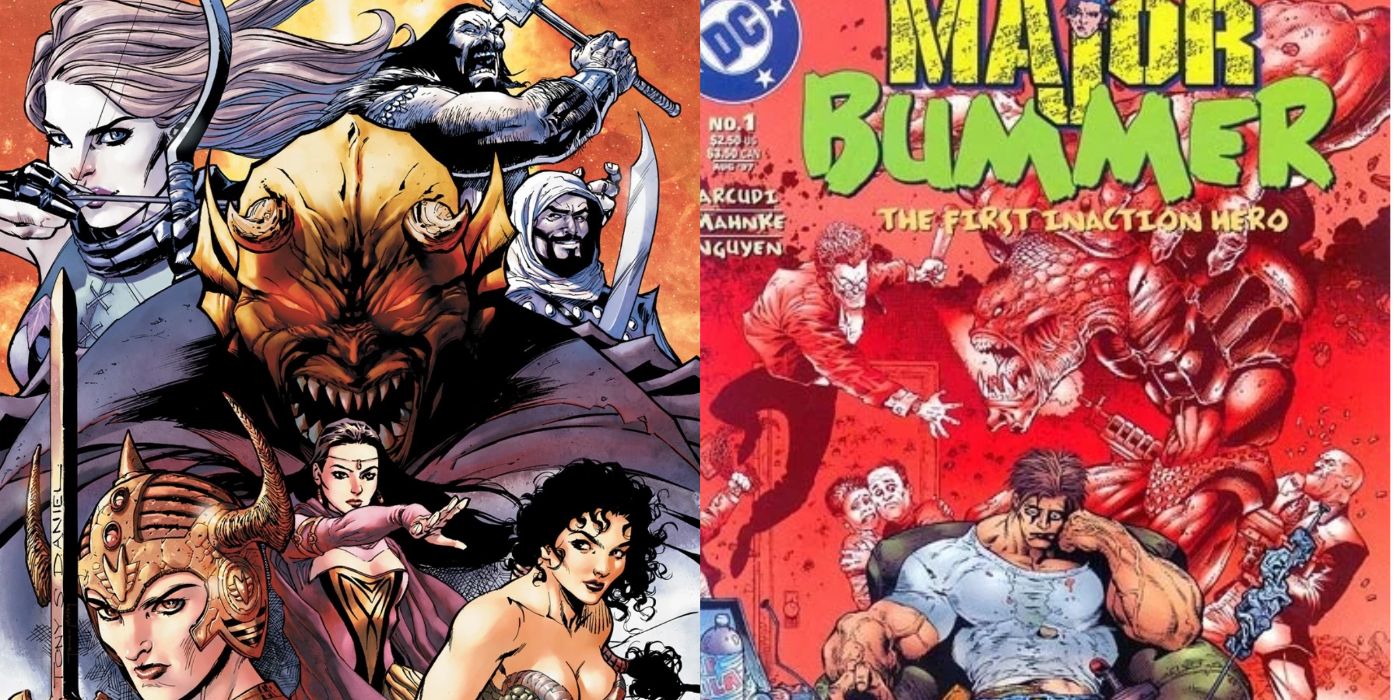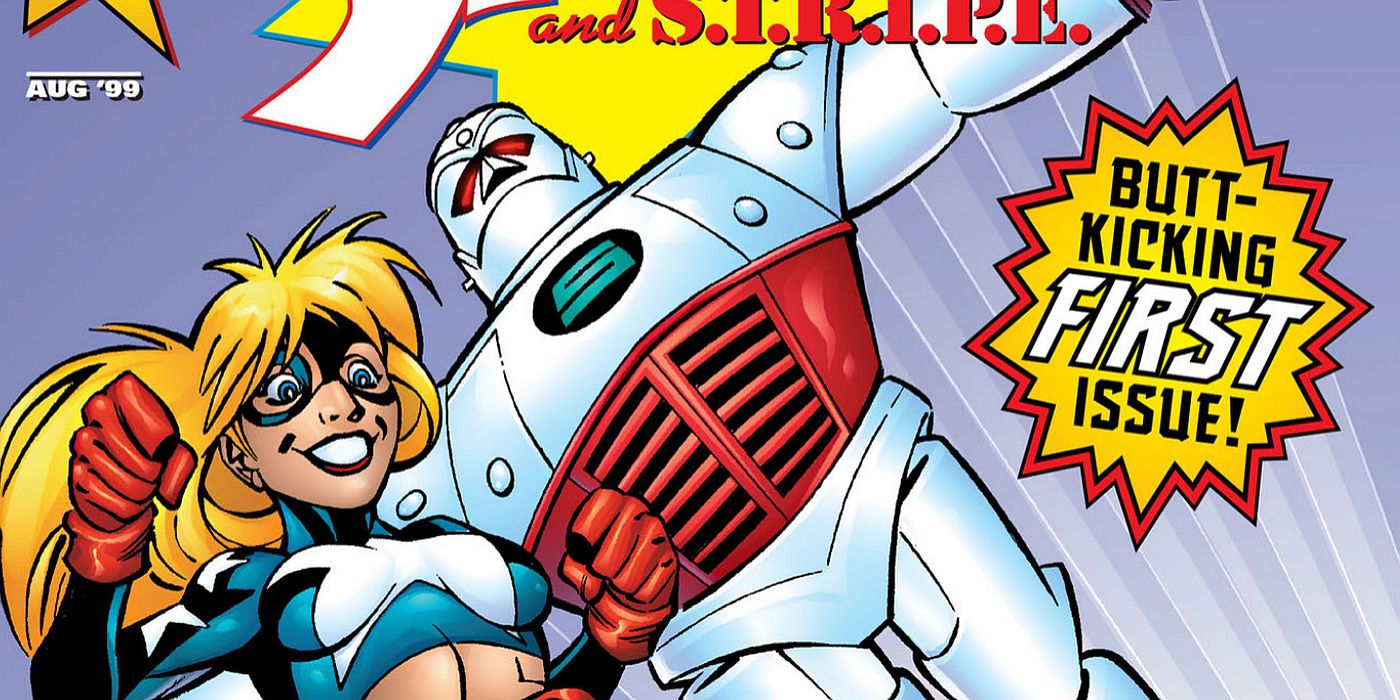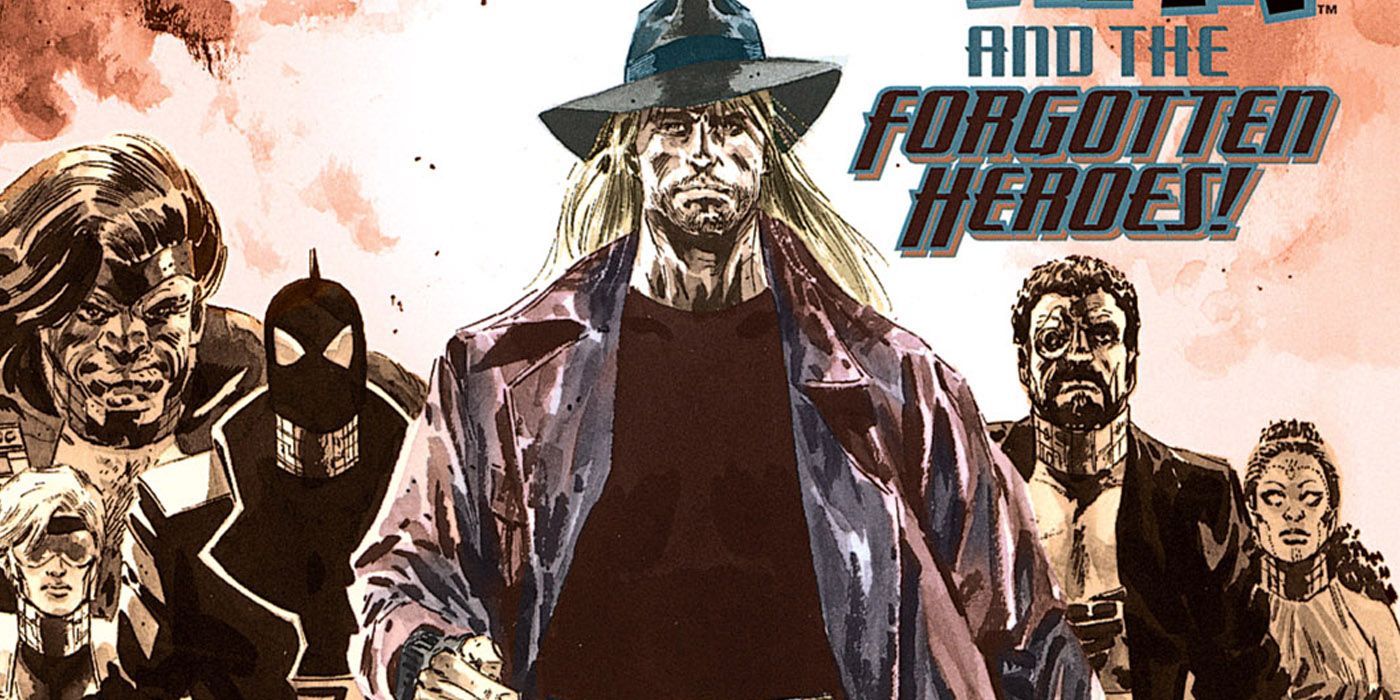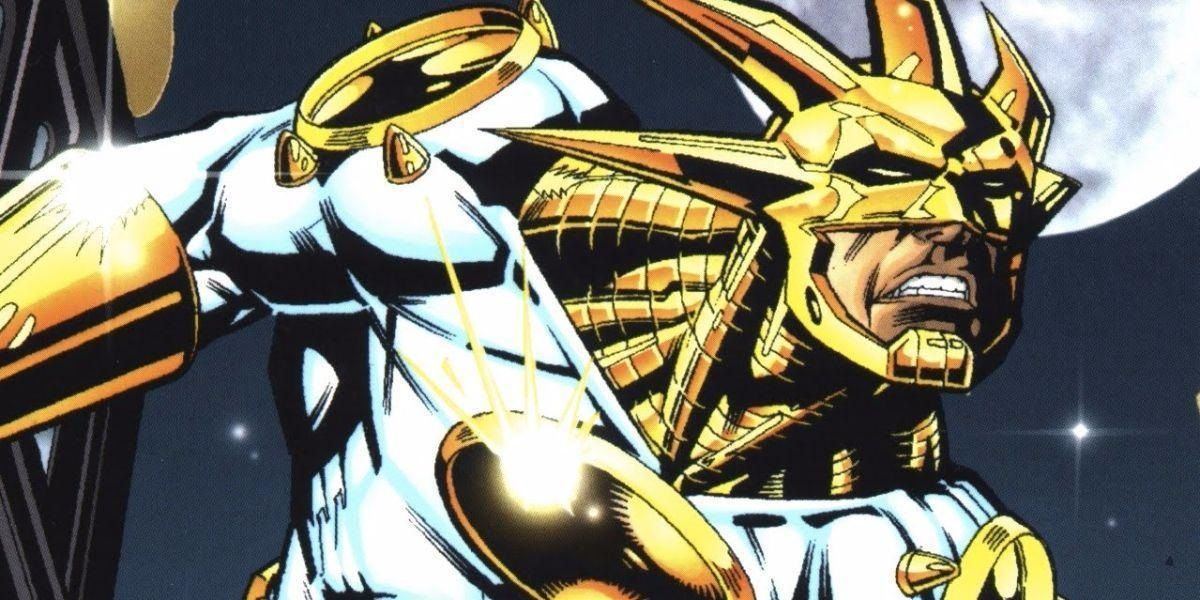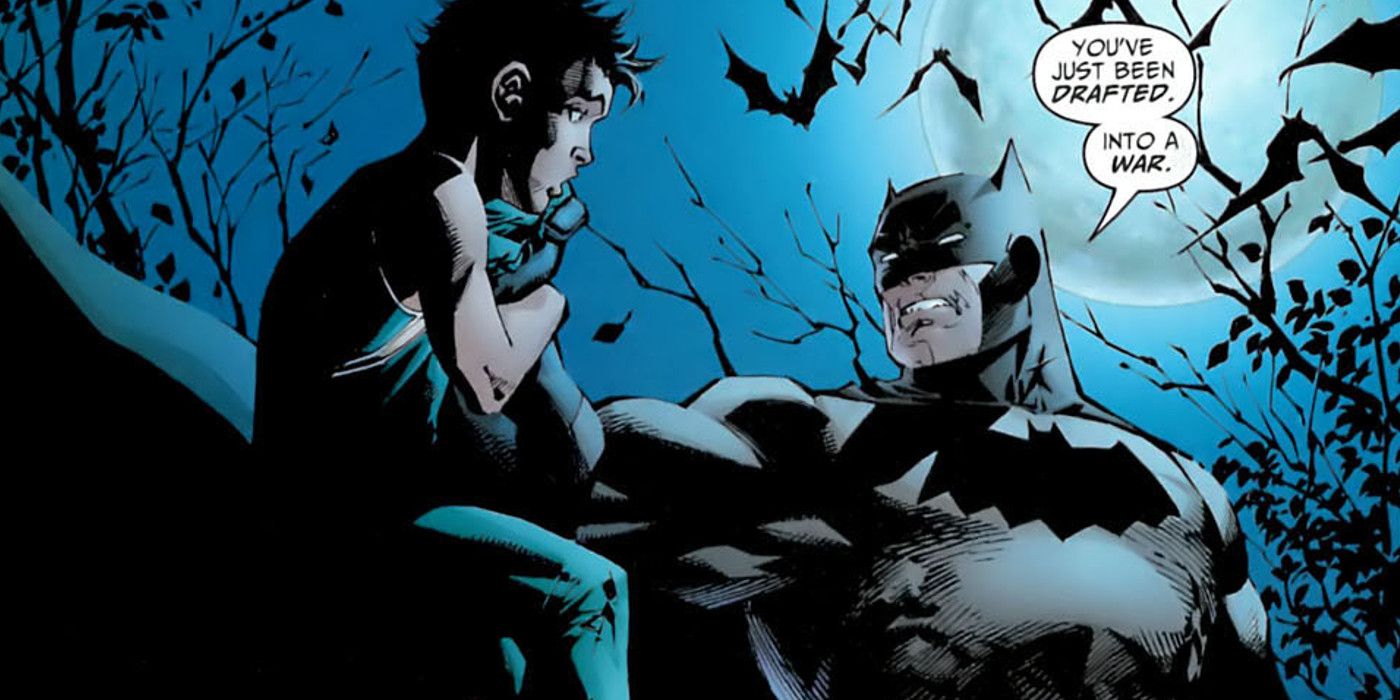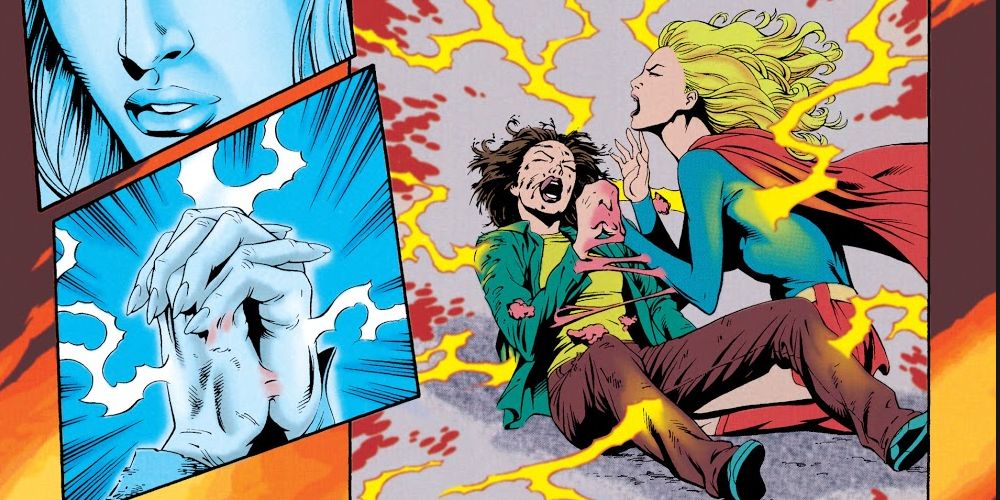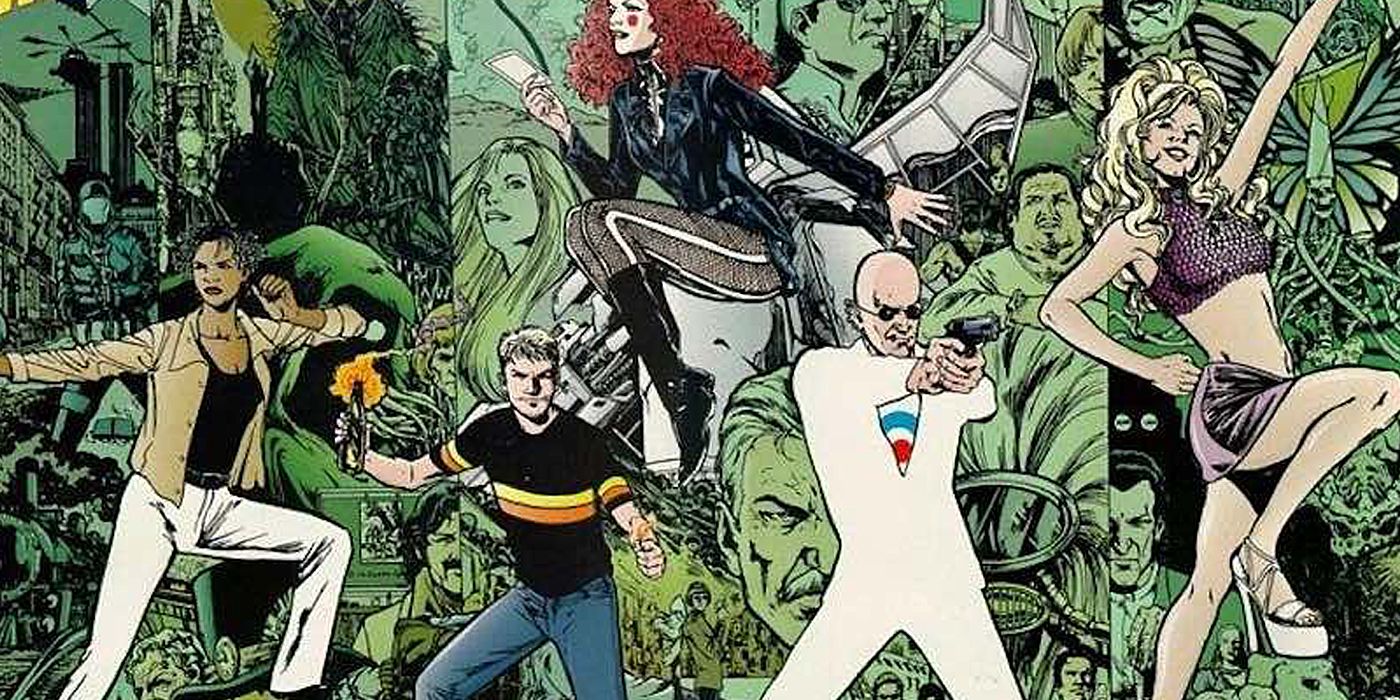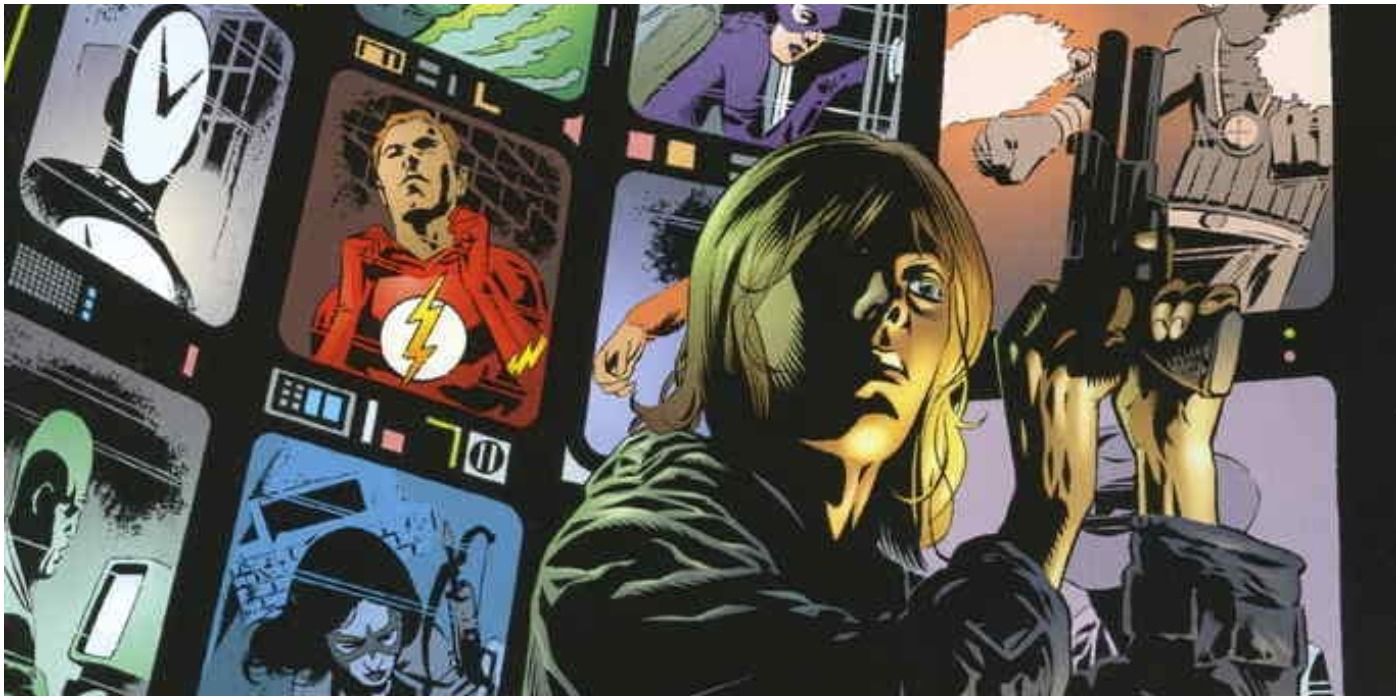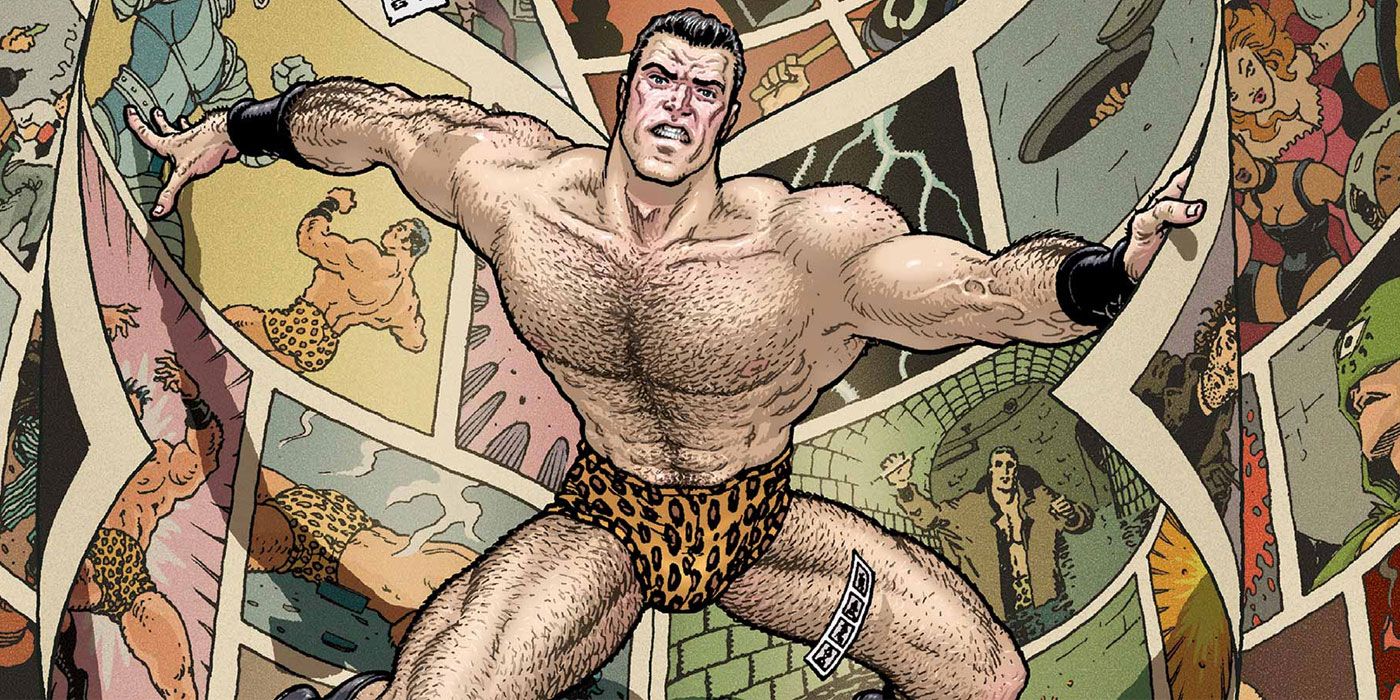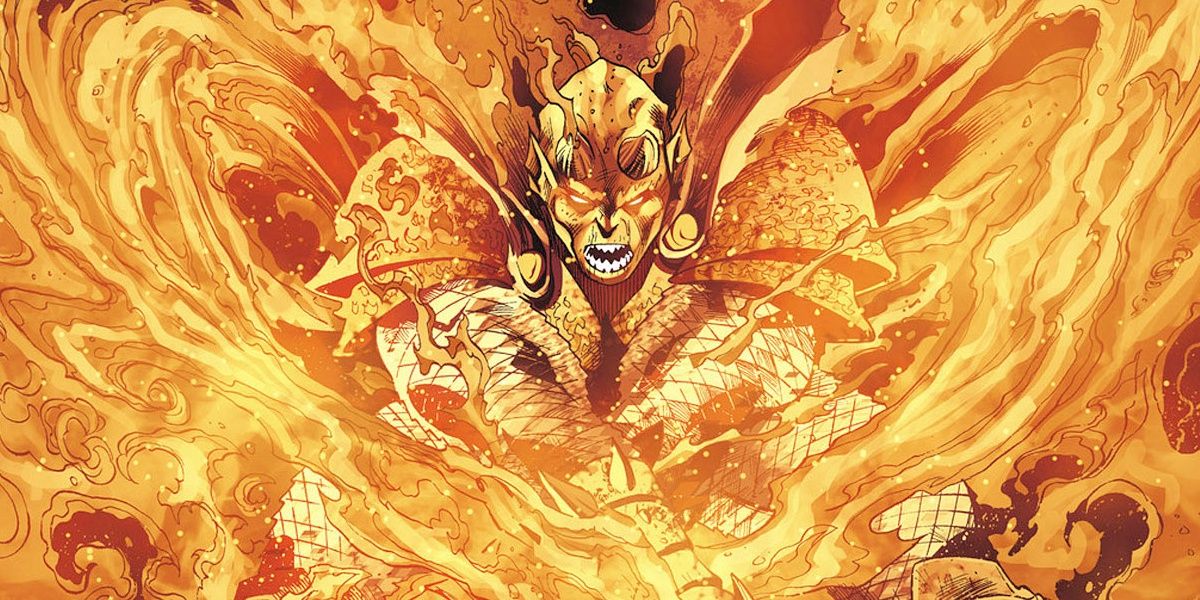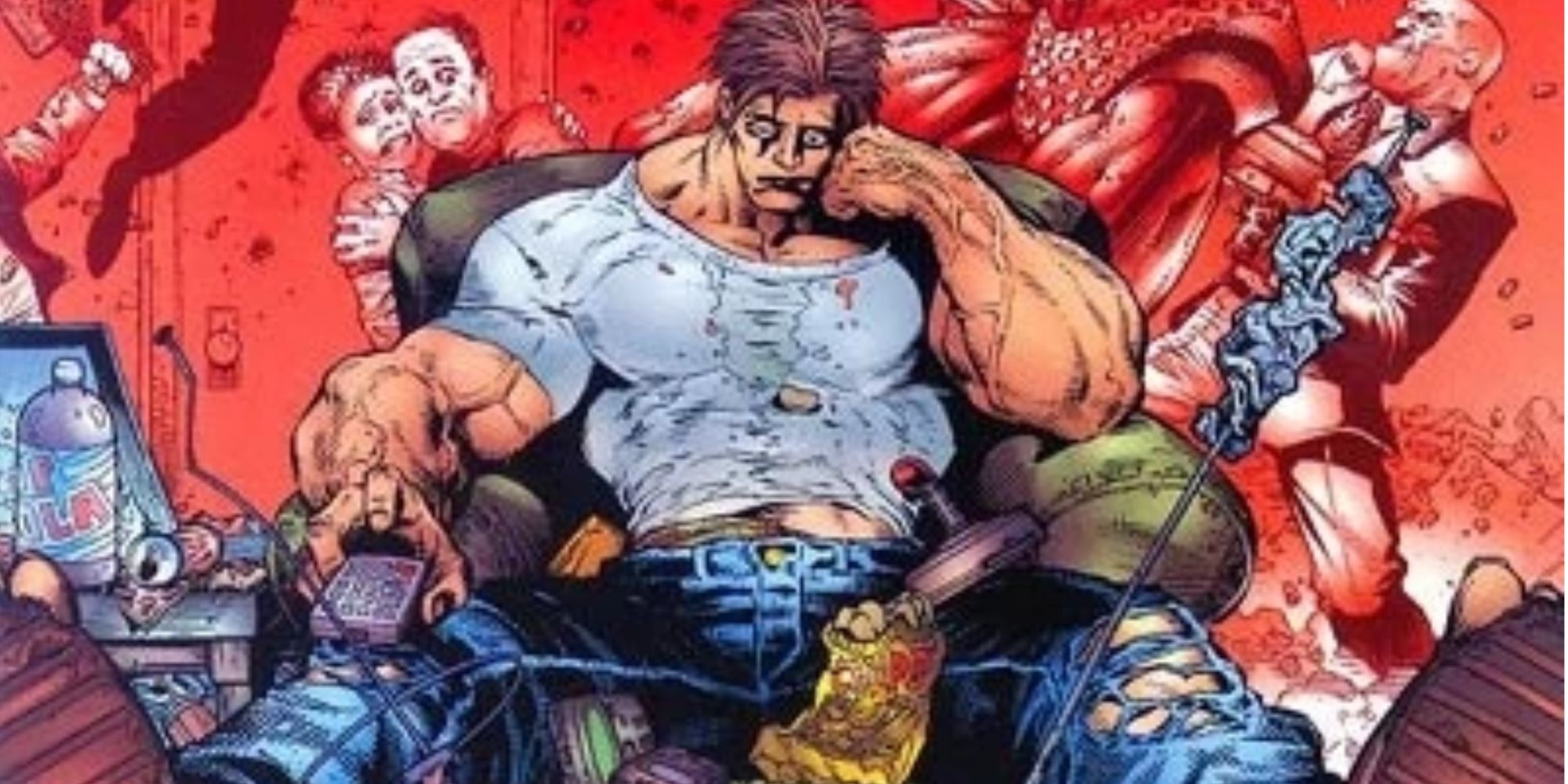DC Comics has long been home to the biggest icons in the comic industry, both on the page and behind the scenes. The DC Multiverse is a fertile ground for stories and creators have spent years cultivating it. However, not every book can find an audience right away. Sometimes these books are able to build buzz and stay around. Other times, they're canceled but rediscovered by fans and cherished. Finally, some are panned by critics and audiences alike but find a second life in unexpected ways.
Even bombs can sometimes hold something that connects with fans in unique ways. Over the years, some DC bombs have become cult classics that are still talked about to this day.
10 Stars And S.T.R.I.P.E. Introduced The Future Stargirl To The DC Universe
Stars And S.T.R.I.P.E., by writer Geoff Johns and artist Lee Moder, is one of the most important DC comics that went unread when it was being published. The book introduced Courtney Whitmore, the future Stargirl. Originally, she was just Stars, having found the original Star-Spangled Kid's cosmic converter belt in her stepfather's attic, the Kid's former sidekick Stripesy, Pat Dugan.
Dugan built the S.T.R.I.P.E. armor and the two fought crime for fifteen issues. The book folded, but Courtney would stay around in JSA, becoming the premiere young heroine of her generation. The book may have been canceled but among fans who can find it, it's beloved.
9 Resurrection Man Got An Unlikely Second Chance
Resurrection Man was one of DC's many experiments in the mid-90s. Written by Andy Lanning and Dan Abnett with art by Jackson Guice, the book starred Mitch Shelley. Mitch's superpower was the ability to resurrect with a new random superpower every time he died. It was a great premise and the creative team played it for all it was worth.
The book lasted a little over two years, but was never a big seller even then. The love for it paid off. It was brought back as a New 52 launch title, albeit with new artist Fernando Dagnino Guerra, but had an even shorter run than before.
8 Aztek The Ultimate Man Was Canceled But Got A Truncated Ending In JLA
Aztek The Ultimate Man is a book with an impressive pedigree that still failed to find a big enough audience. Written by Grant Morrison and Mark Millar with art by N. Steven Harris, it starred the titular character working with the Q Society to stop the rise of the Aztec god Tezcatlipoca. The book proved to be a hard sell, though.
The small corps of fans who picked up every issue loved it, but they weren't enough. It's one of those comics that feels like a giant missed opportunity. Readers did get an ending to Aztek's story in Morrison's JLA, as Aztek's true mission, and the sinister secret of the Q Society, was revealed in the showdown with Mageddon.
7 All-Star Batman And Robin Is Now Regarded As Hilarious Parody
All-Star Batman And Robin, by writer Frank Miller and artist Jim Lee, was savaged by critics and fans alike during its ten-issue run. The book sold but it was definitely a bomb. Beyond Lee's stellar art work, no one had anything good to say about it. It was destined to be on worst of all time lists for all eternity. Then something strange happened.
ASBAR became the ultimate guilty pleasure comic, as fans embraced it as a parody of Miller's hamfisted hard-boiled style. Read from that perspective, it's a hilarious comedy and has become a cult classic among readers seeking out the most ridiculous books.
6 Supergirl (Vol. 4) Had A Long Run But Was Always On The Cancelation Bubble
Supergirl is an icon among DC heroes, but the post-Crisis Supergirl was different from other versions. This one wasn't a Kryptonian at all, but a shapeshifter from a parallel Earth called Matrix. Fans enjoyed her, and she finally got a solo series. Supergirl (Vol. 4) ran for eighty issues, which is a lot for a bomb, but it was never a popular book.
Written by Peter David with art by Gary Frank, Leonard Kirk, Todd Nauck, Ed Benes, Cam Smith, Robin Riggs, and Alex Lei, it recast Matrix as an avenging angel, bonded with Linda Danvers. The book found ways to incorporate pre-Crisis Supergirl lore into its run but never found a large audience. A loyal cadre of fans kept it going, but it was always in danger of vanishing.
5 The Invisibles Was Almost Canceled Because Of Low Sales In The Beginning
The Invisibles only got better as its story progressed. Writer Grant Morrison's opus is considered a classic among its dedicated cult of readers, but the book's first year was almost its last. The early run of the book, when Morrison was joined by artists Steve Yeowell, Jill Thompson, Steve Parkhouse, and Chris Weston, suffered from low sales.
The book was almost canceled, but fans kept it alive. Even then, it was never Vertigo's biggest book, overshadowed by The Sandman, Hellblazer, and Preacher throughout its run. Morrison's rising star kept it going and they were able to finish the story they set out to tell.
4 Chase Was Beloved By A Small But Loyal Cadre Of Fans
Chase was a critical darling but never got a lot of fan support. Written by Dan Curtis Johnson with art by J.H. Williams III, the book followed the adventures of Cameron Chase, a DEO agent investigating the heroes and villains of the DC Universe. The book only lasted ten issues, but there's a small subsection of fans who still love it.
Chase was such a missed opportunity. The book had a fun premise, a great main character, and was quite different from any other mainstream book at DC or Marvel. Agent Chase still makes sporadic appearances, so some creators are definitely a part of her cult.
3 Flex Mentallo: Man Of Muscle Mystery Had A Lot Of Factors Working Against It
Grant Morrison is a DC legend, but not all of their comics were immediate massive hits. Flex Mentallo: Man Of Muscle Mystery, with artist Frank Quitely, struggled from its inception. The book followed Flex as he hunted for his friend the Fact. It also had a narrative following Flex's fictional creator, Wallace Sage, which was more about Morrison themselves and their search for the will to survive.
The book dropped in 1996, years after Mentallo's appearances in Morrison's Doom Patrol. The book itself is a trademark difficult Morrison narrative about the power of comics and the creative process, which chased off non-Morrison fans. On top of that, DC was sued by Charles Atlas's estate because of the book, barring its reprinting until 2012.
2 Demon Knights Still Has A Loyal Following
The New 52 gets lambasted, but it wasn't all bad. Demon Knights is an example of a book that true fans loved, even if there weren't that many of them. Written by Paul Cornell and Robert Venditi with art by Diogenes Neves through its twenty-four issue run, it took place in medieval times and starred Etrigan, Madame Xanadu, Shining Knight, and others standing against the immortal Vandal Savage.
Demon Knights is the rare New 52 book that no one has a bad word to say about it. The only problem with the series is that it never found a big enough audience. It had everything it needed to succeed and the fans who read it still love it dearly.
1 Major Bummer Is A Forgotten Superhero Comedy Masterpiece
'90s DC was a wildly creative time for the publisher. One of the most interesting experiments of that time was Major Bummer. Written by John Arcudi with art by Doug Mahnke, the duo behind The Mask at Dark Horse, it was a superhero comedy starring Lou Martin, a '90s slacker given amazing superpowers by two aliens.
The book only ran for fifteen issues, but the few who read it got top-notch superhero satire from a creative team who were masters of the genre. It's all but forgotten, but for the few who know about it, it's a highlight.

